How to Prepare Your House for a Hurricane: 12 Crucial Steps
-
Pete Ortiz
- Last updated:
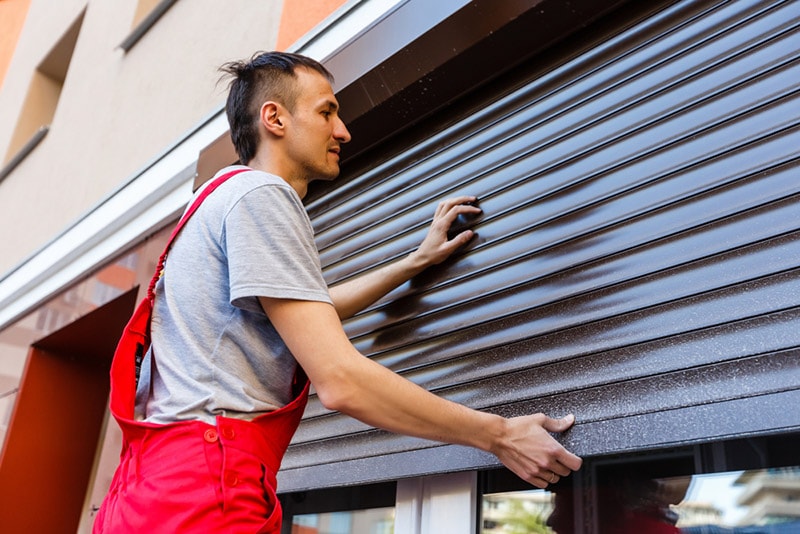
Typically, hurricane warnings are issued 36 hours in advance of tropical-storm winds. This gives a small amount of time in which homeowners can take steps to secure their property and hopefully prevent too much damage from occurring. Warnings can range from cell phone messages to local television signals and, in some cases, public warning systems. But what actions should you take to prepare your house?
Below are 12 steps you should take before the winds hit to help minimize damage.
The 12 Steps to Prepare Your House for a Hurricane
1. Have a Plan

If you live in an area that is prone to hurricanes, you should plan ahead. Get emergency phone numbers ready, find somewhere you can evacuate pets to, and be prepared to evacuate yourself and your family, too. If you have received a hurricane watch or a hurricane warning, you should start to make more immediate plans. Determine nearby storm shelters and plan a route to get there, make sure your car has gas in the tank, and have an emergency kit ready in the car.
2. Prepare an Emergency Supply Kit
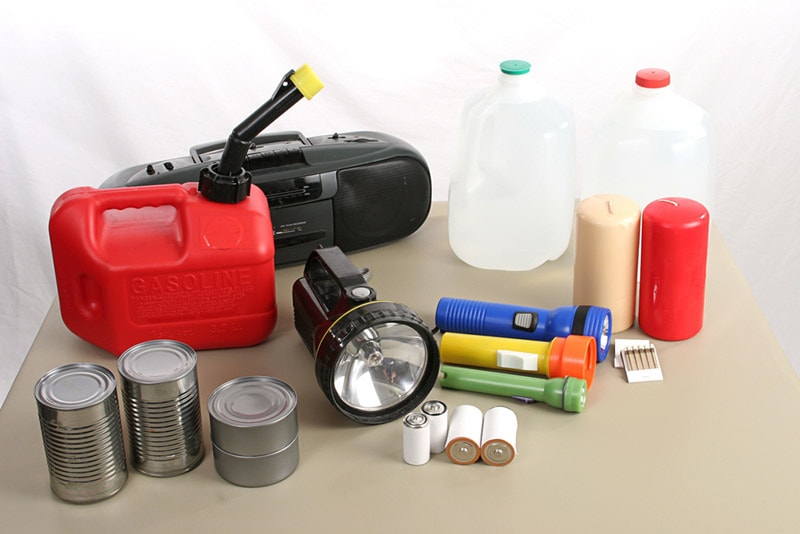
A typical hurricane lasts between 24 and 48 hours, but it can last up to a month, and you may need provisions and supplies to last you for this length of time. Make sure you have a food and water supply, medicines, flashlights, and batteries.
3. Check for Storm Updates

There are two types of hurricane alerts. A hurricane watch means that a hurricane could possibly occur in a given area and is announced 48 hours in advance of the expected winds. A hurricane warning means that hurricane conditions are expected, and these updates are provided 36 hours in advance. Updates will be provided on local news and through other sources, and you should regularly check for updates to determine the current conditions and likelihood of a hurricane.
4. Clear the Gutters
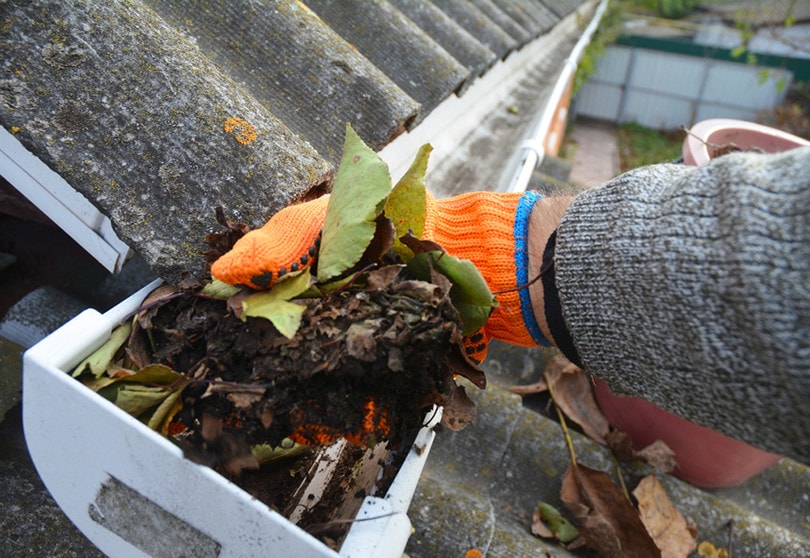
There will be a lot of water that accompanies the winds of a hurricane. And your gutters will face the brunt of the rain, as well as debris and dirt. If they are already filled with leaves or other dirt, they will struggle to cope with the additional load from a hurricane, so you should get up there and clear the drains out as soon as possible. Don’t leave it to the last minute because it can be very dangerous going up ladders in hurricane conditions.
5. Check the Sump Pump
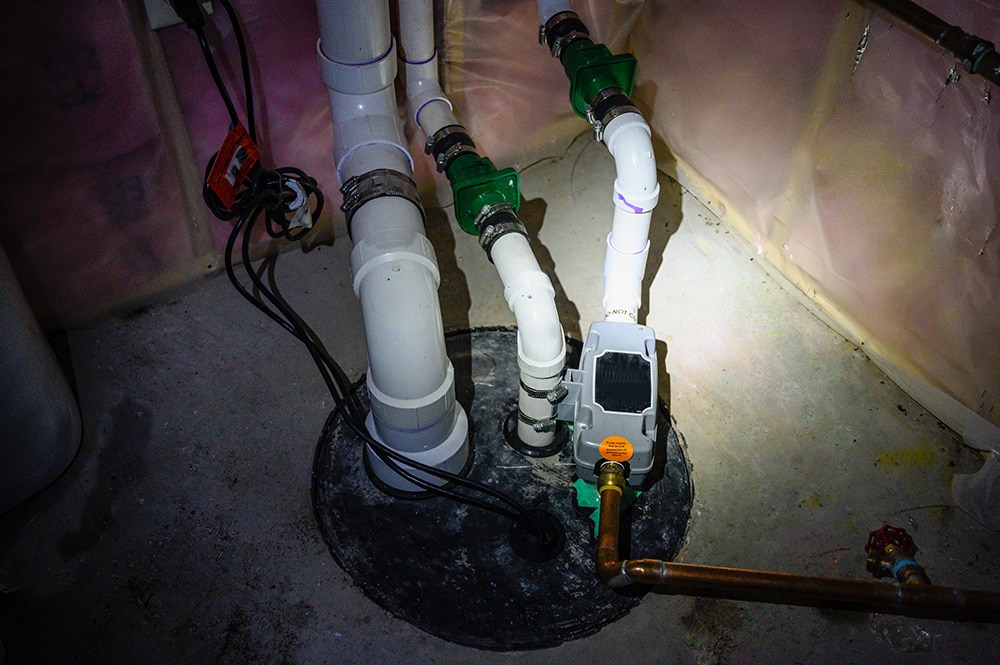
The sump pump in your basement can help clear out flood water, although if the flooding is especially bad, a sump alone won’t be enough. If you are expecting hurricane conditions, check that the pump is working effectively and, if it isn’t, get somebody to fix it as soon as possible.
6. Secure the Outside
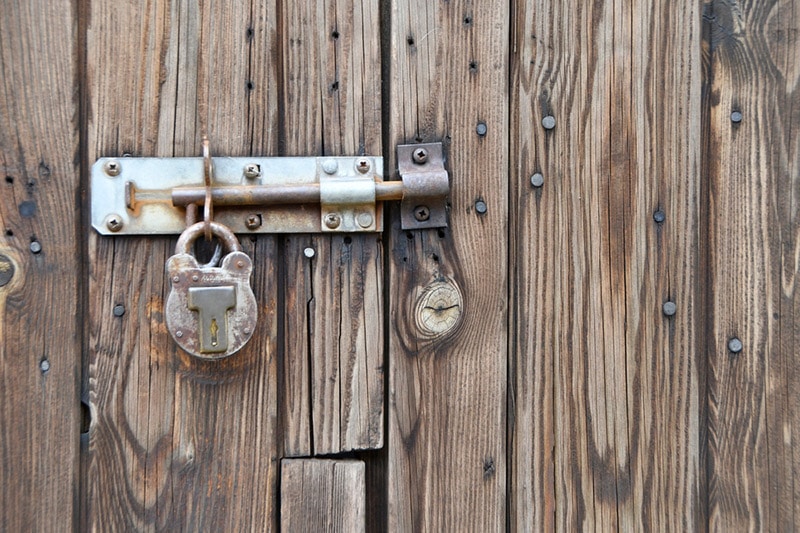
Hurricanes can pick up and blow items at considerable speeds, potentially causing damage to property and injuring people. Anything you can fit in the garage or shed, put in there. Alternatively, secure furniture and other items to the ground as best as possible.
7. Use Storm Shutters
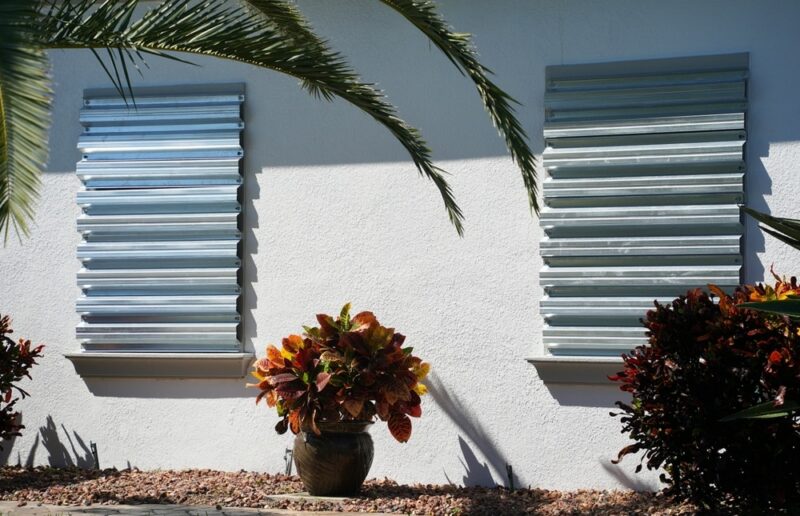
Fix storm shutters to the outside of windows and doors and make sure they are secured before the hurricane hits. If you don’t have shutters and can’t get them, nail plywood to the outside of the window frames. Shutters and wood can prevent flying debris from smashing through windows and causing injury to people and damage to belongings.
8. Check Wall Hangings

Art and other wall hangings are especially prone to damage during hurricanes, and if something falls off the wall, it also has the potential to injure people. Either remove wall hangings and put them somewhere safe and secure or ensure that everything is properly secure so they aren’t in danger of falling off.
9. Move the Car
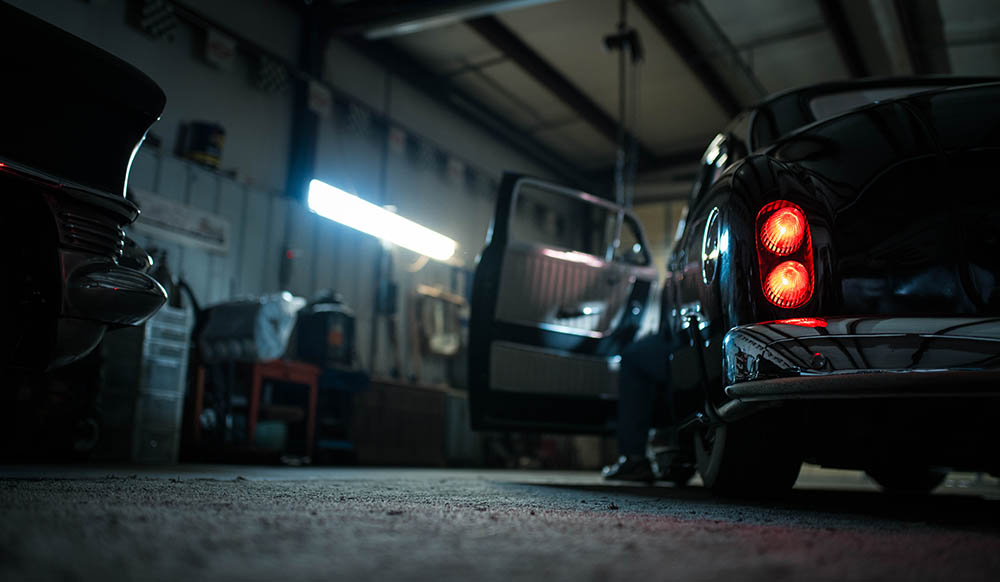
Move your car and either place it on higher ground or put it in the garage, up against the garage door. If you have to leave the car outside, avoid leaving it under large trees or power lines.
10. Charge Everything

Make sure items like cell phones, tablets, laptops, flashlights, radios, and anything else with a rechargeable battery are fully charged. You may need to call for help or use your flashlight to even get around. It isn’t uncommon for the power to go out during a hurricane, so you should be prepared for this. You can use cell phones to communicate and also to get updates on the progress of the storm as it advances.
11. Unplug Everything Else
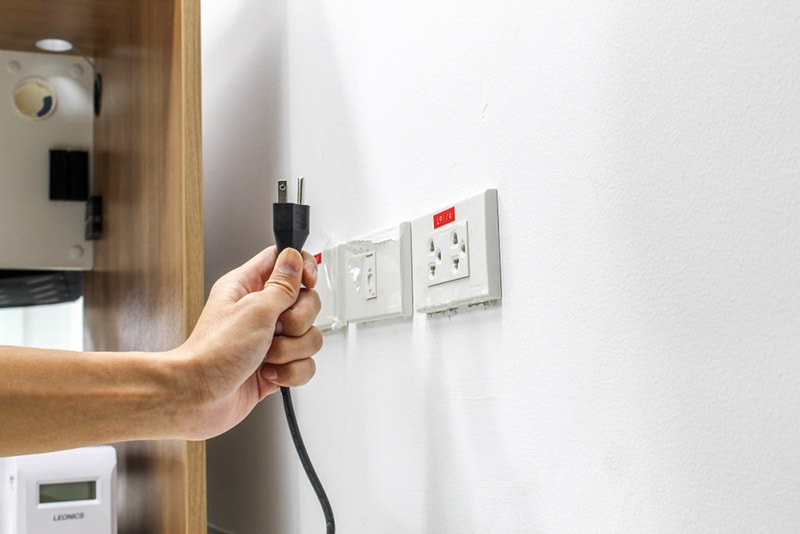
Unplug any appliances and other items. Move them away from windows and doors and store smaller items inside cupboards or closets to help protect them from possible damage.
12. Carefully Choose a Storm Room
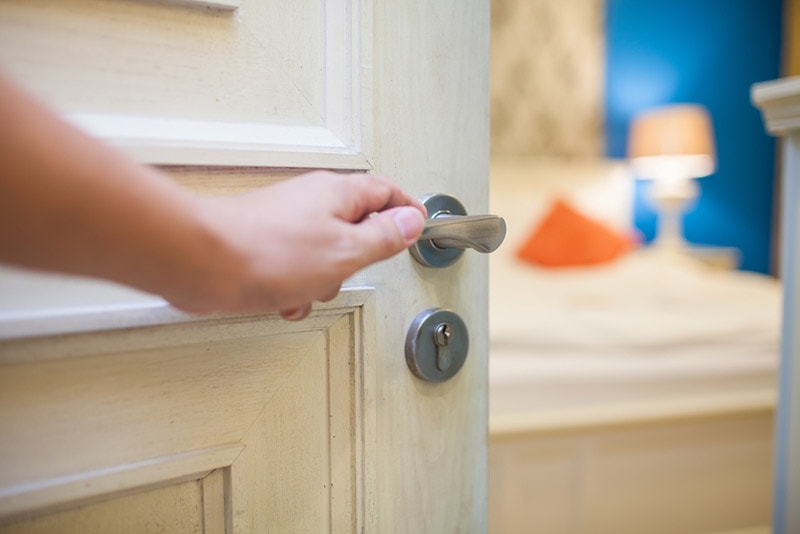
If you don’t have a dedicated storm room or storm shelter, you need to pick a room where you will take shelter. It should be on the first floor and, ideally, in the middle of the property, therefore minimizing the risk of you being injured or having your shelter flooded. When the hurricane does hit, avoid going near unprotected windows and doors until you know it is all clear.
Conclusion
Hurricanes can be dangerous and terrifying, but if you take the appropriate steps, you can minimize the risk of injury to yourself and your family while also reducing the risk of damage to your property and belongings. Don’t panic, but do make sure that you have everything you need and that you and your property are well prepared for the oncoming storm.
- https://www.chubb.com/us-en/individuals-families/resources/10-steps-to-prepare-for-a-hurricane.html
- https://www.homeserve.com/en-us/blog/home-improvement/hurricane-preparedness/
- https://www.cdc.gov/disasters/hurricanes/before.html
- https://housemethod.com/gutters/how-to-prepare-gutters-for-hurricane/
Featured Image Credit: Andrew Angelov, Shutterstock
Contents


